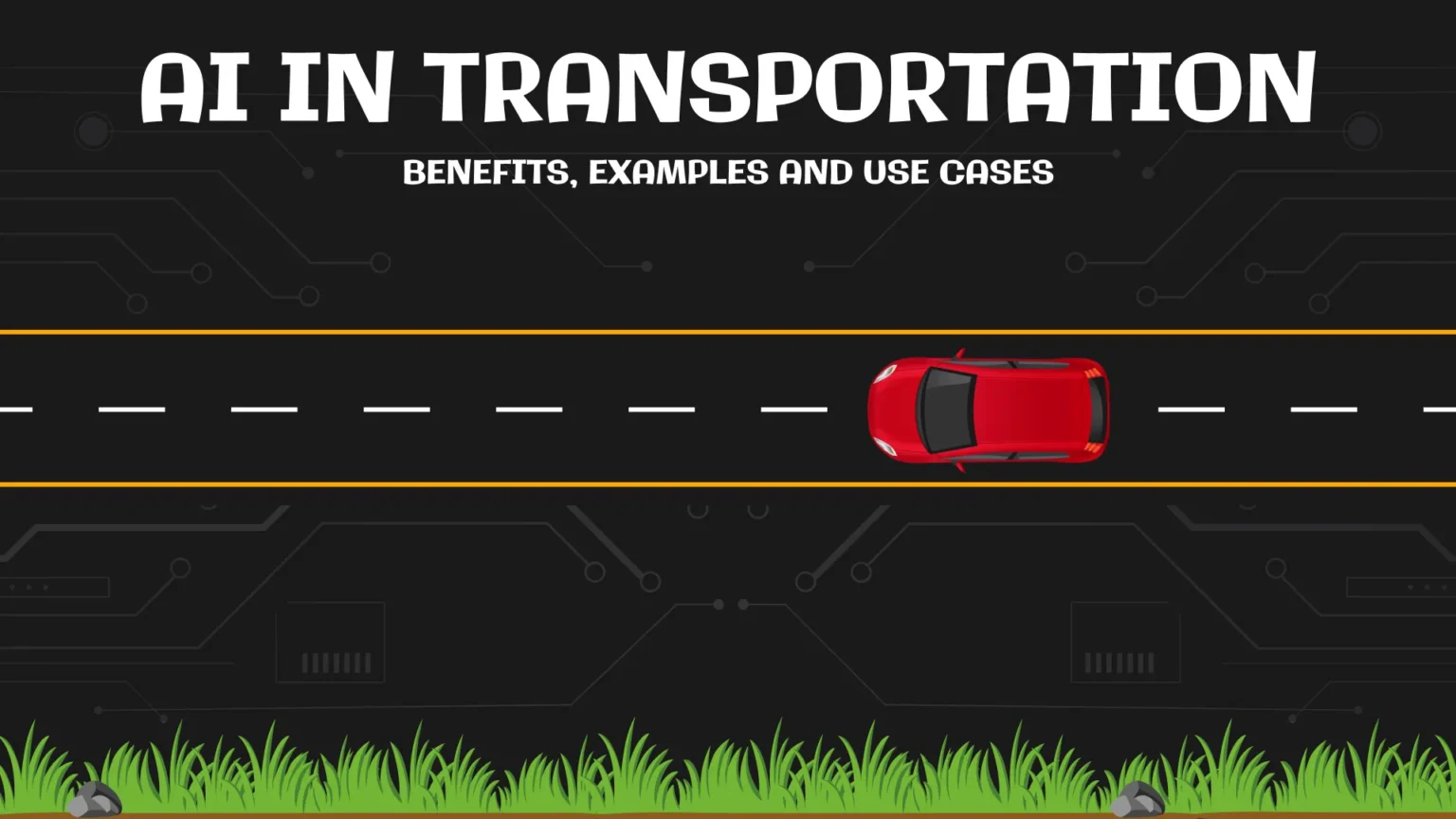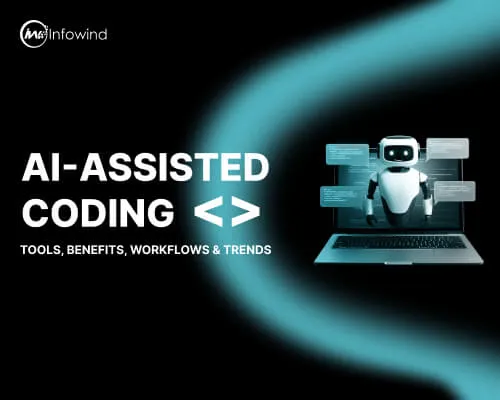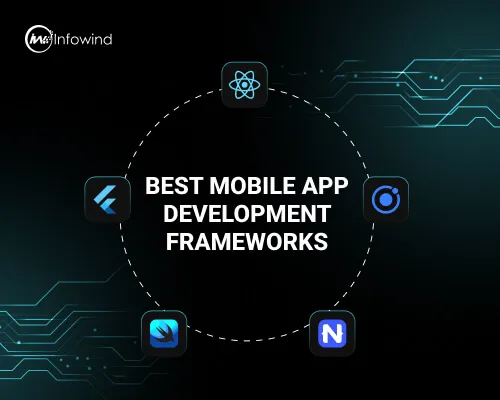AI is swiftly changing the transportation industry and bringing in new and improved ways of working. Using sophisticated machine learning models and data analysis, AI is changing the way we travel and ship goods all across the world. AI is helping out greatly by keeping traffic safe, smoothing out jams, and supporting greener transportation. A report published by MarketsandMarkets reveals that the AI market in transportation will increase from USD 1.21 billion in 2017 to USD 10.30 billion by 2030, reflecting how quickly it is being used.
Even though AI was once just an idea, it is now being used in logistics and city planning to improve their procedures. Growing concern for the environment and urbanization is making it more important to use AI-driven technology to design better, more efficient, and eco-friendly transportation everywhere.
The blog will share how AI is helping transportation, look at important examples, and illustrate how it is directing the progress of mobility.
Understanding AI in Transportation
What is AI in Transportation?
Machine learning, deep learning, computer vision, and natural language processing are some of the AI techniques being used in transportation to boost and automate various elements of the industry. They support computers in monitoring great amounts of ongoing information, picking up on trends, and reacting cleverly on their own.
Fundamentally, AI is involved in creating autonomous vehicles, modern traffic lights, prediction systems for equipment maintenance, and better ways to handle logistics. Systems and cars can continually improve using machine learning and the data they collect. Deep learning enables cars to detect images and particular sounds, making both self-driving and driver assistance simpler. Because of computer vision, cars can spot obstacles, maintain their position on the road, and age people nearby.
AI helps in transportation by guiding cars, optimizing their itineraries, reducing the risk of road congestion, making transportation safer, and better organized. AI algorithms can observe movement on roads and change the timing of signals to reduce the time and emissions needed to travel. AI is used in logistics to discover the quickest and best routes for deliveries by looking into weather, road conditions, and a vehicle’s performance.
With the system growing more complicated and the requirements getting higher, AI helps to simplify operations, offer a more sustainable solution, and create intelligent systems for the future.
Also Read: How to Create a Personal AI Assistant with Open Source Frameworks
Key Benefits of AI in Transportation
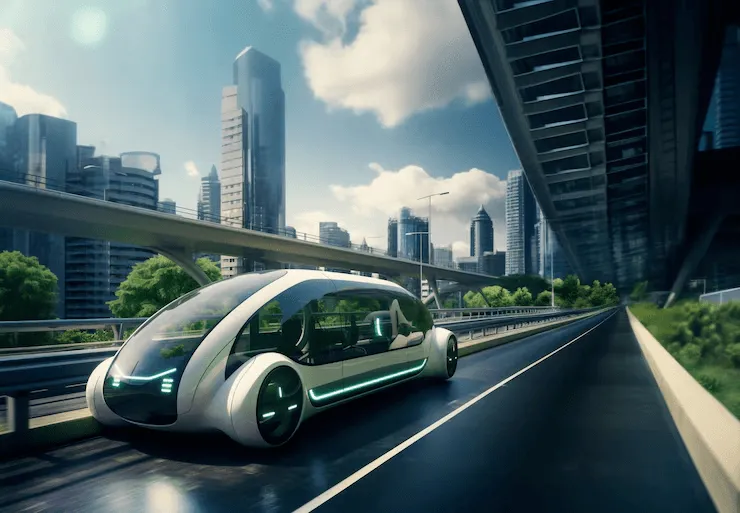
AI-enabled transportation is now providing many benefits that are updating our views on how to move around, making transportation more secure, effective, and beneficial for the planet.
1. Increased Safety:
Because of AI, transportation has become much safer. World Health Organization statistics indicate that a majority of road accidents happen because of human errors. These systems, which use AI, help minimize accidents that were previously a significant problem. Using AI and sensors, automatic emergency braking, lane departure warnings, collision avoidance warnings, and braking faster than the average person.
2. Improved Efficiency:
AI technology is used to analyze a broad range of data in a short period to assist with important decisions. Because of this, the system leads to improved routes, fewer traffic jams, and savings on fuel. Should there be an obstacle on the usual path, such as traffic, a blockage, or rain, using AI helps navigation systems avoid this and find a smoother and more sustainable way.
3. Cost Savings:
Applying AI to transportation operations leads to saving money. Improving operations with automation and streamlined fuel consumption is an efficient solution for companies operating fleets. Building savings faster may lead to bigger profits for a business.
4. Environmental Impact:
AI helps to create sustainable transportation. Reducing carbon emissions and nature’s risks is aided by using less power in cars, upgrading electric vehicles, and improving the structure of traffic.
5. Better user experience:
AI makes it possible for cars to enhance your trip and entertain you. Because rides are more enjoyable and convenient for passengers, transportation is a continuous and well-linked activity.
AI Used in Transportation
By using AI in transportation, vehicles, infrastructure, and logistics, there are major changes occurring. Since AI can deal with data immediately in driving and public transport, it can improve safety, increase the vehicle’s performance, and offer a better service to the public.
Autonomous Vehicles:
AI is most prominently seen in self-driving cars. Through the use of these technologies, cars can detect their surroundings, identify other objects, and respond quickly on their own. With AI, vehicles drive on roads safely, find things in their way, obey traffic rules, and adapt to surprises on the road, which benefits everyone using the roads.
Traffic Management Systems:
In smart cities, AI is used to study real-time traffic and adjust the timing of traffic lights to reduce traffic jams. To sum up, using AI in traffic systems allows for predicting traffic, optimal signal management, and coordination of different intersections, leading to simpler traffic and decreased use of fuel. Consequently, there are fewer traffic bottlenecks and cleaner air for people in cities.
Route Optimization for Logistics:
AI helps logistics a lot by analyzing factors such as traffic, weather, and what can’t be delivered to decide on the best paths. Operators who use AI can make food delivery faster, use less fuel, make clients happy, and save cash on overheads.
Also read: Digital Transformation in Logistics and Supply Chain Management
Predictive Maintenance:
By using AI, companies in transportation can identify problems with their vehicles as they happen. Thanks to its abilities to detect problems and see when things might go wrong, AI keeps downtime to a minimum and helps vehicles last longer.
Public Transportation:
Thanks to AI, public transportation can know how many people will make use of it, plan the most efficient routes, and notify passengers when to expect their transportation. Because of this, the system becomes more reliable, delays are reduced, and everything is utilized in the most effective way.
Examples of AI being used in transportation.
AI is being used more often in transportation these days, suggesting that logistics and many transport services will be drastically improved by AI in the days to come. The use of AI by big tech firms and top cities includes organizing their work, improving safety, and improving user experiences.
Tesla Autopilot:
Many people recognize Tesla’s Autopilot as an example of how AI helps in transportation. Computer vision, neural networks, and sensors help Tesla cars by offering semi-autonomous features such as adjusting cruise control, aligning in lanes, shifting into different lanes, and applying emergency brakes. It is clear from this technology that AI can take over certain tasks and improve a driver’s overall safety when on the road.
Waymo:
Because Waymo is a project of Google, it leads the way in autonomous driving. Because of AI, the company can handle various situations in cities, including recognizing pedestrians, avoiding them, and observing live traffic. The Waymo system goes through numerous possibilities to ensure security and efficiency for everyone on board.
Uber and Lyft:
AI is used by these ride-sharing platforms to pair drivers with riders, determine demand depending on place and time, help drivers choose the best route, and offer suggestions to users based on their preferences. The algorithms enable drivers to operate more efficiently and reduce passengers’ waiting time.
Also read: How to Make an App Like Uber: Cost and Tech Details
Smart Traffic Systems:
Places like Singapore are leaders when it comes to AI in traffic management. Cameras and sensors provide real-time information to AI-powered systems so that traffic lights are controlled, congestion is reduced, and emergency crews arrive in less time. They make traffic fewer and less polluting.
FedEx and UPS:
They rely on AI to create optimal routes for their deliveries, keep track of the performance of their vehicles, and plan for any necessary maintenance. AI-powered tools allow them to deliver goods faster, save fuel, and keep all their big fleets on track.
They show us that AI has moved from theory to practice, improving safety and efficiency in the transportation sector.
Challenges and Limitations of AI in Transportation
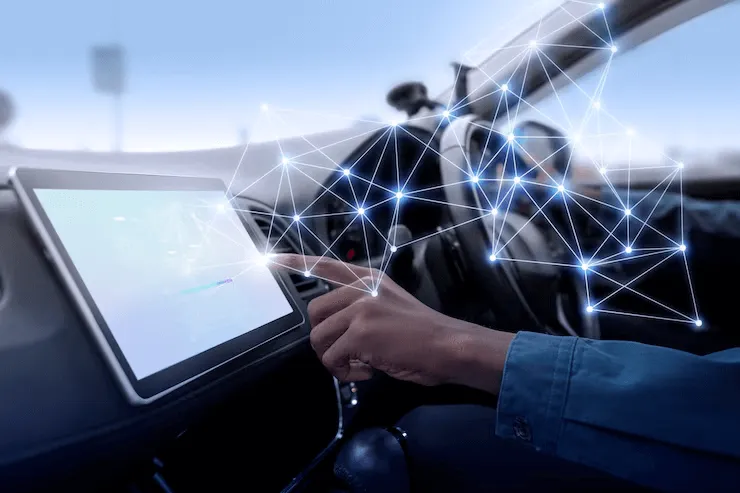
Even though AI has clear benefits for transportation, adopting it on a large scale also creates several challenges and points to address.
1. Data Privacy Concerns:
For transportation AI to work, it accesses a wide range of data sets such as vehicle locations and info, engine diagnostics, images from cameras, and how passengers behave. The consequences are that people’s private details may be collected or shared in ways that are not completely clear. Due to regulations such as the GDPR, companies must clarify their data processing and establish the needed safety measures. As cars are connected more, it is becoming more vital to handle data responsibly to keep user trust.
2. Infrastructure and Cost Barriers:
For AI to be implemented at a large scale, it needs a big investment in sensors, communication technology, computers, and tools for handling data. Investments in logistics networks are possible for large cities and significant companies in the field. Still, due to a lack of resources, some smaller communities and organizations find it hard to use AI, creating broader differences in access to transportation services and innovations.
3. Reliability and Safety Risks:
While AI is meant to improve traffic safety, it is sometimes wrong. Some instances of autonomous vehicles malfunctioning have brought up concerns about trusting them and their dependability. AI systems may have trouble handling scenarios that are not in their training set. Having multiple systems, frequently updating knowledge, and tightly following safety measures is important to reduce the chance of an accident.
4. Ethical Dilemmas:
In transportation, AI raises major ethical questions that could mean life or death. If there’s no way to avoid an accident in a self-driving car, would it try to protect its passengers or care most about minimizing the harm to others? The topic is challenging for software teams, those responsible for laws, and those who shape ethics, which is why it is very important for there to be set principles and for people to have discussions about it.
Overall, while AI could transform the transportation field, it is very important to solve these problems to create a safe, fair, and trustworthy future of travel.
The Future of AI in Transportation
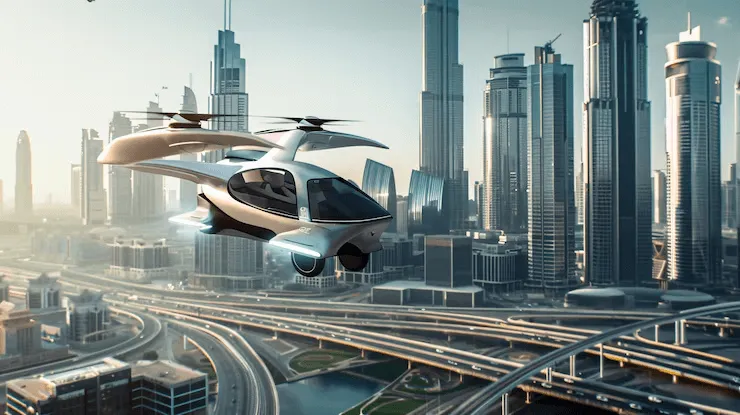
AI in transportation is strongly linked with smart cities, greener forms of travel, and advances in technology across the world. Because of faster innovation, AI is set to support more intelligent, flexible, and green transportation systems everywhere.
How AI is Used in Smart Cities:
AI will act as the main source of decision-making in urban transportation in smart cities. Using AI in traffic lights, cameras, and response to emergencies will improve travel times for commuters, reduce air pollution, and keep passengers safer. Monitoring and examining data in real time will let city decision makers plan transport and infrastructure better.
How Artificial Intelligence Is Being Used in MaaS.
When MaaS is fully developed, individuals will travel differently. AI will enable users to use multiple types of transportation together in a single app. Because of them, cars can travel along successful routes, forecast demand beforehand, and inform travelers of changes which all improve city transportation.
AI in Electric Vehicles:
With more EVs now available, AI will help take care of the batteries, forecast charging times, and improve the way energy is used. If stations are smart and the route is planned with AI, it will be easier for EV owners to adapt.
Global Trends and Regulations:
Not all regions are moving forward in AI for transportation at the same rate. Innovation in autonomous vehicles is led by North America, European countries focus on data privacy and sustainability, and China is working fast to build smart mobility infrastructure. Rules put in place by governments will act as a guide for balancing new ideas with safe and ethical use in society.
All in all, AI will create a brighter world in transportation by making systems smarter, more eco-friendly, and better linked together as they continuously adapt.
Conclusion
AI is helping to improve transportation by making it safer, more efficient, greener, offering consumers innovative, and customizable mobility. Leading companies in logistics, traffic, and maintenance are making clear how AI is transforming their businesses. Because of these advancements, all types of companies and people are changing the ways they travel and ship goods around the globe.
As AI gets better, it’s good to ask yourself how it could affect your travel plans, either in business or personal affairs.
Learn more about the impact of AI by looking into AI Technology, AI in Everyday Lives, and AI in the Supply Chain. Do you wish to build your air transport solutions? Look into how AI chatbots are developed or compare AI with Machine Learning.
We are only at the start of AI’s role in transportation, so everyone needs to watch out for new trends, modify their habits, and use AI as we advance.
